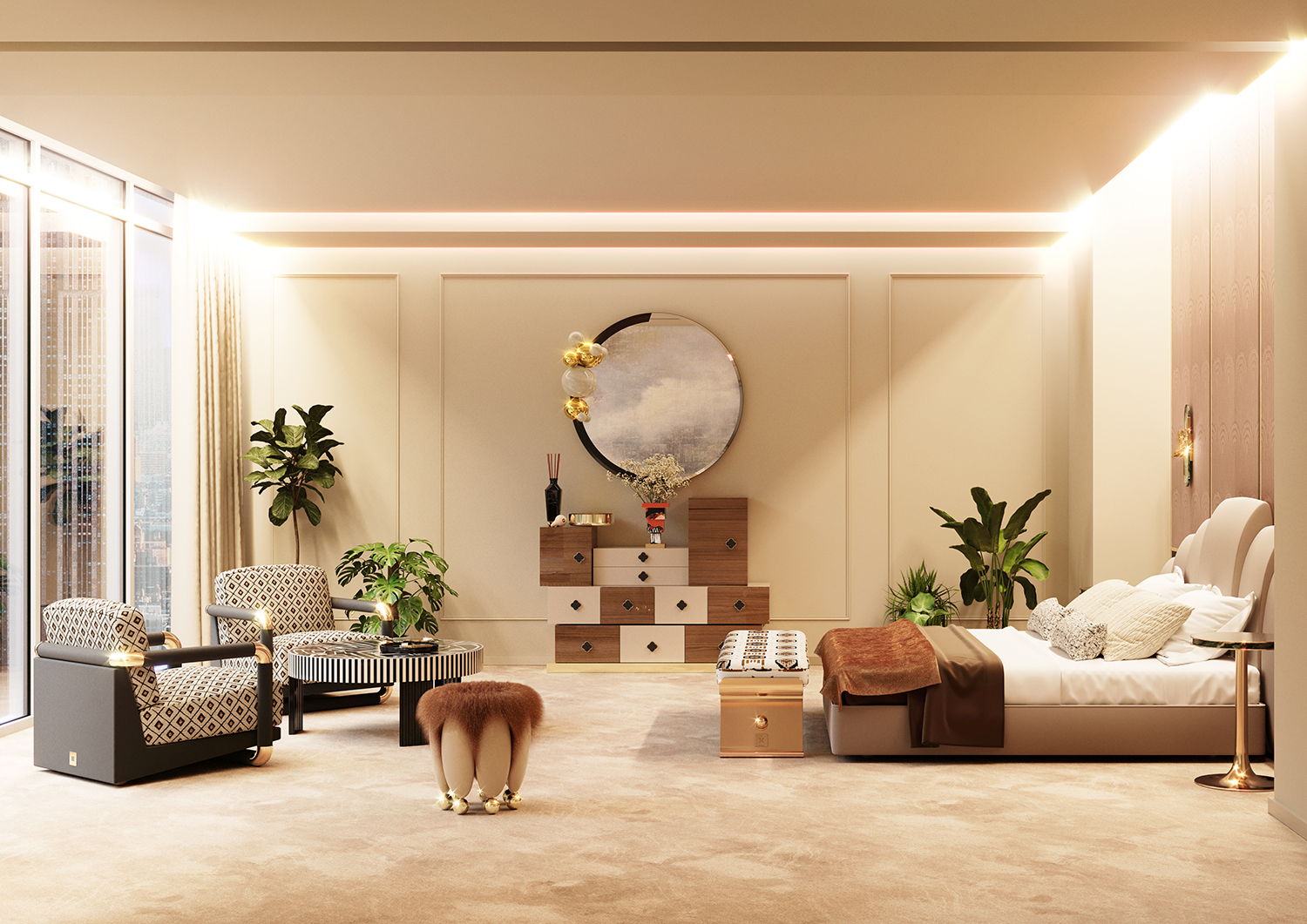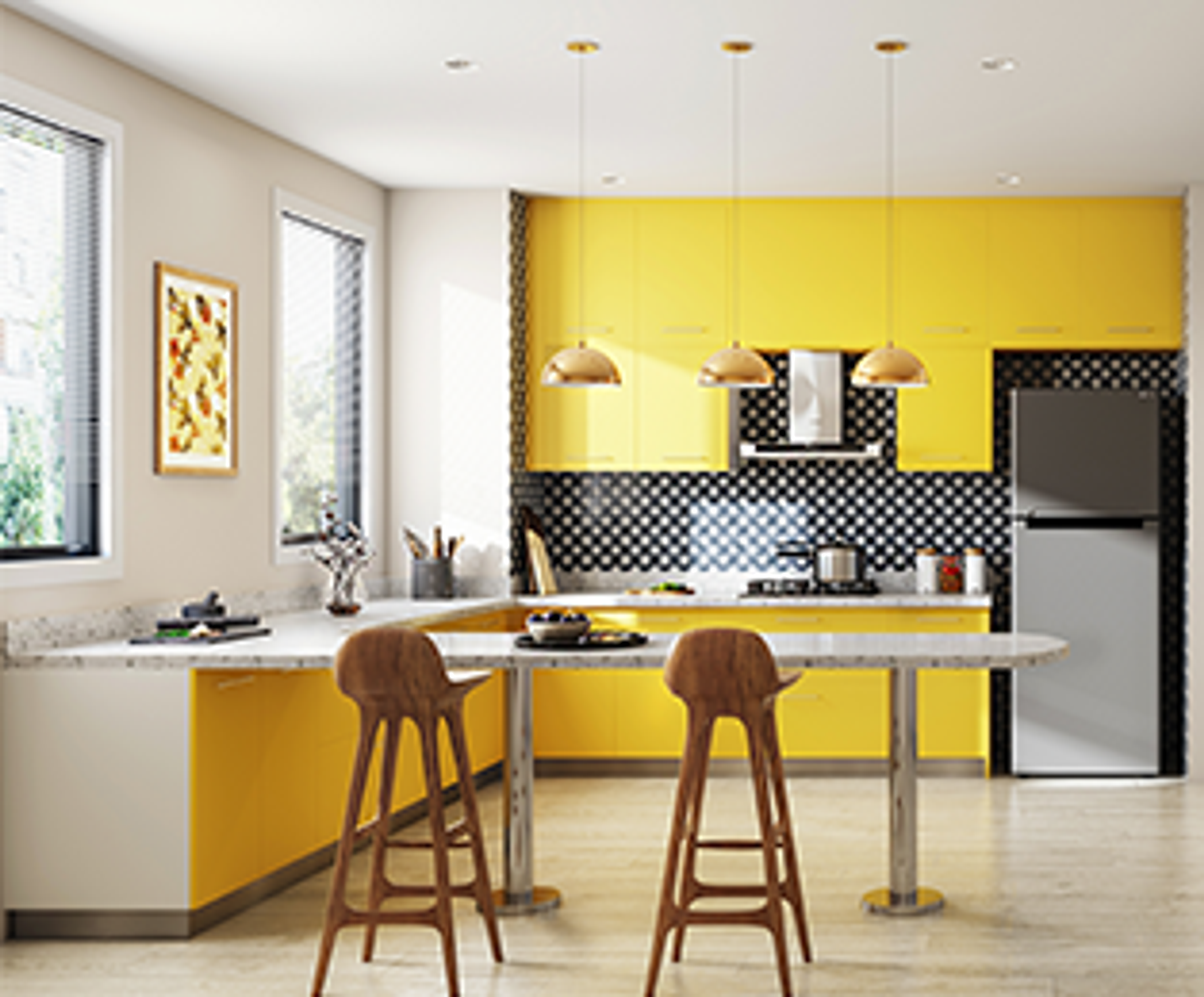Hire an expert Architecture Firm to build your vision.
Hire an expert Architecture Firm to build your vision.
Blog Article
Change Your Home With Essential Principles of Inside Style and Visual Appeals
By understanding the influence of shade concept and the importance of appearance and patterns, one can develop spaces that are not only aesthetically enticing but additionally deeply individual. Achieving this stability entails even more than mere decoration; it encompasses a tactical arrangement and a keen understanding of how each component connects within a space.
Recognizing Color Concept
Color concept is a fundamental aspect of interior decoration that considerably influences mood, assumption, and total aesthetic. Comprehending the principles of shade concept permits developers to produce areas that resonate emotionally with occupants while fulfilling practical demands (luxury interior design). Shades can be classified into 3 primary types: key, additional, and tertiary. Each category plays a vital role in establishing consistency within a space.
The mental effect of colors is profound; warm shades such as reds and oranges stimulate power and heat, while great tones like blues and eco-friendlies advertise peace and peace. In addition, the usage of corresponding colors enhances visual passion, developing striking contrasts that can raise a space's allure.
Neutral colors, on the various other hand, act as a flexible background, enabling various other design components to radiate. It is important to think about elements such as lighting and the room's purpose when choosing a color palette, as these can alter the understanding of shades throughout the day.
Eventually, a well-considered color design can change a space, promoting a feeling of comfort and style that straightens with the citizens' choices. Proficiency of color theory is, for that reason, a crucial ability for any kind of interior designer aiming to produce unified and inviting atmospheres.
Attaining Equilibrium in Style
How can designers accomplish a feeling of equilibrium in their spaces? Achieving equilibrium in layout is essential to creating harmonious interiors.
Unbalanced equilibrium, on the other hand, counts on differing aspects that still accomplish a natural look. This strategy allows for even more vibrant and casual arrangements, providing rate of interest while preserving balance. By very carefully selecting varying sizes, shades, and appearances, developers can produce a visually compelling room that feels balanced yet energetic.
Radial equilibrium highlights a main centerpiece with elements radiating exterior. This design is typically seen in circular layouts, where furnishings and style develop a natural border that attracts the eye internal.
Ultimately, accomplishing equilibrium calls for thoughtful factor to consider of range, percentage, and the relationships between aspects. miami interior design. By masterfully applying these balance concepts, designers can transform spaces into environments that really feel both visually pleasing and functionally harmonious, boosting the general experience for occupants
Significance of Spatial Recognition

An eager feeling of spatial awareness allows developers to determine focal points within an area, guiding the visitor's focus to essential features while keeping an overall feeling of unity. It also assists in the critical placement of illumination, which can substantially influence the assumption of room and mood. Comprehending spatial connections allows the designer to provide to the particular needs of residents, ensuring that each area offers its desired objective without compromising appearances.
Inevitably, spatial recognition is critical for maximizing the capacity of any indoor area. By very carefully considering the interaction between dimensions, design, and feature, designers can create atmospheres that not only meet sensible needs but likewise evoke a feeling of convenience and elegance, enhancing the overall living experience.
Including Structure and Patterns
Embracing a varied series of textures and patterns can dramatically enhance the visual and responsive allure of an indoor room. The critical use various materials-- such as wood, metal, material, and rock-- creates deepness and rate of interest, making an area really feel a lot more inviting and dynamic. For circumstances, integrating smooth surface areas with harsh textures can develop a balance that attracts the eye and engages the detects.
When including basics patterns, think about both range and rep. Huge patterns can offer as focal factors, while smaller, subtle designs can complement other elements without frustrating the room. Layering patterns, such as pairing floral paddings with striped tosses, adds intricacy and a feeling of harmony if executed thoughtfully.
It is additionally essential to preserve a cohesive shade combination, making sure that appearances and patterns function together rather than compete for focus. By choosing a few essential textures and patterns, you can create a linked visual that reflects your individual style while enhancing the overall setting of the area. Eventually, the mindful unification of these aspects can change an ordinary space right into an advanced atmosphere abundant with personality and heat.
Individualizing Your Room
Developing a space that shows your character is essential to accomplishing a really inviting setting. Personalization in interior decoration permits you to instill your one-of-a-kind design and interests into your home, transforming it from a plain shelter right into a shelter that talks with that you are. Begin by picking a color scheme that reverberates with your feelings-- strong colors can invigorate, while soft tones supply serenity.
Incorporate artwork and design that mirror your interests, whether it be traveling, nature, or abstract concepts. Displaying personal collections, such as books, pictures, or souvenirs, can stimulate cherished memories and produce prime focus within a room. In addition, consider customizing practical items, like upholstered furniture, to line up with your visual choices.

Final Thought
To conclude, the improvement of a home through the vital concepts of interior decoration and aesthetics requires a comprehensive understanding of shade theory, balance, spatial recognition, appearance, he has a good point and customization. Each aspect adds dramatically to creating an unified and useful living environment - Architecture Firm. By attentively integrating these concepts, individuals can improve the visual appeal and emotional resonance of their rooms, eventually promoting a home that shows special identifications while pop over to these guys supplying comfort and functionality
Report this page